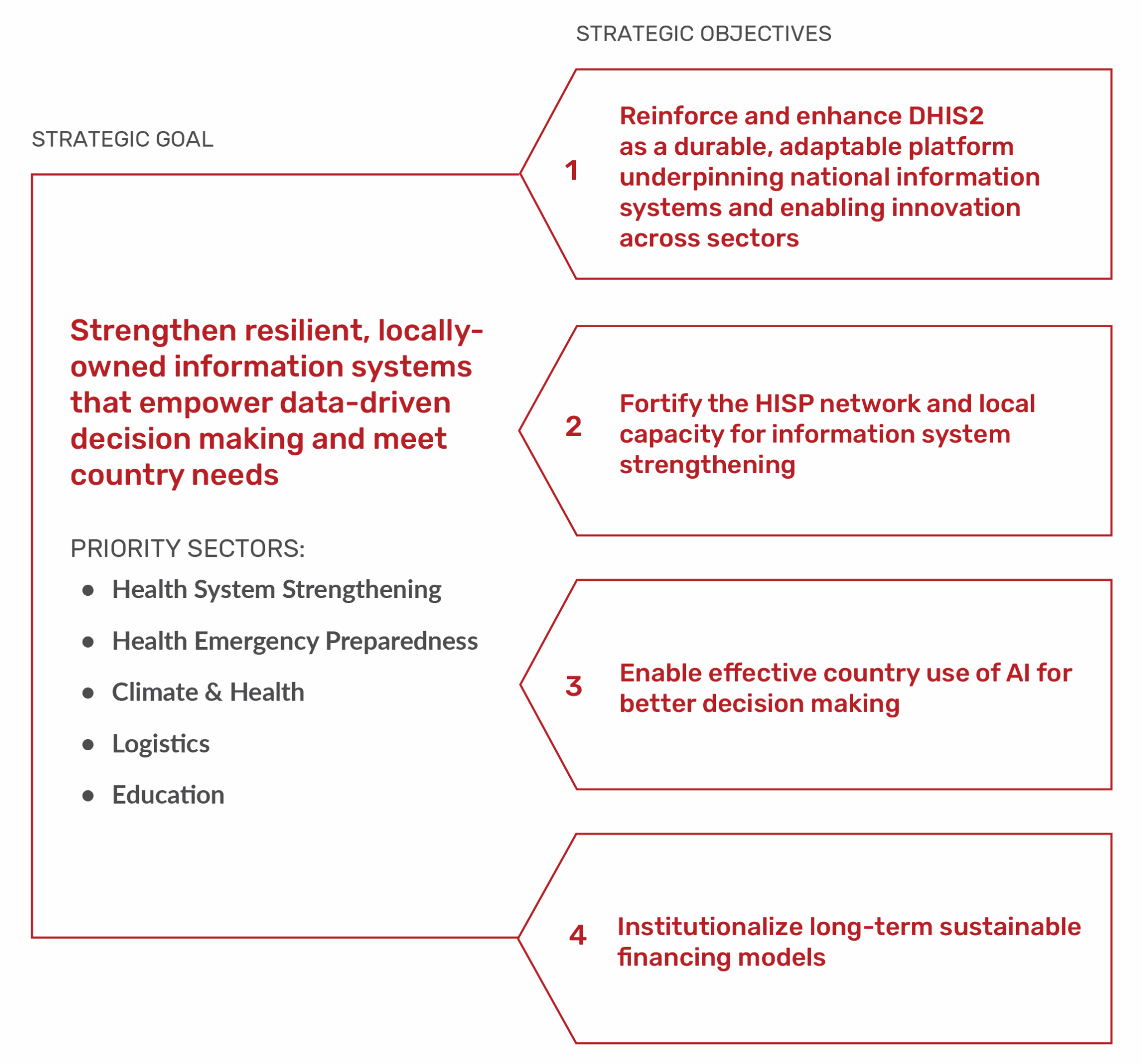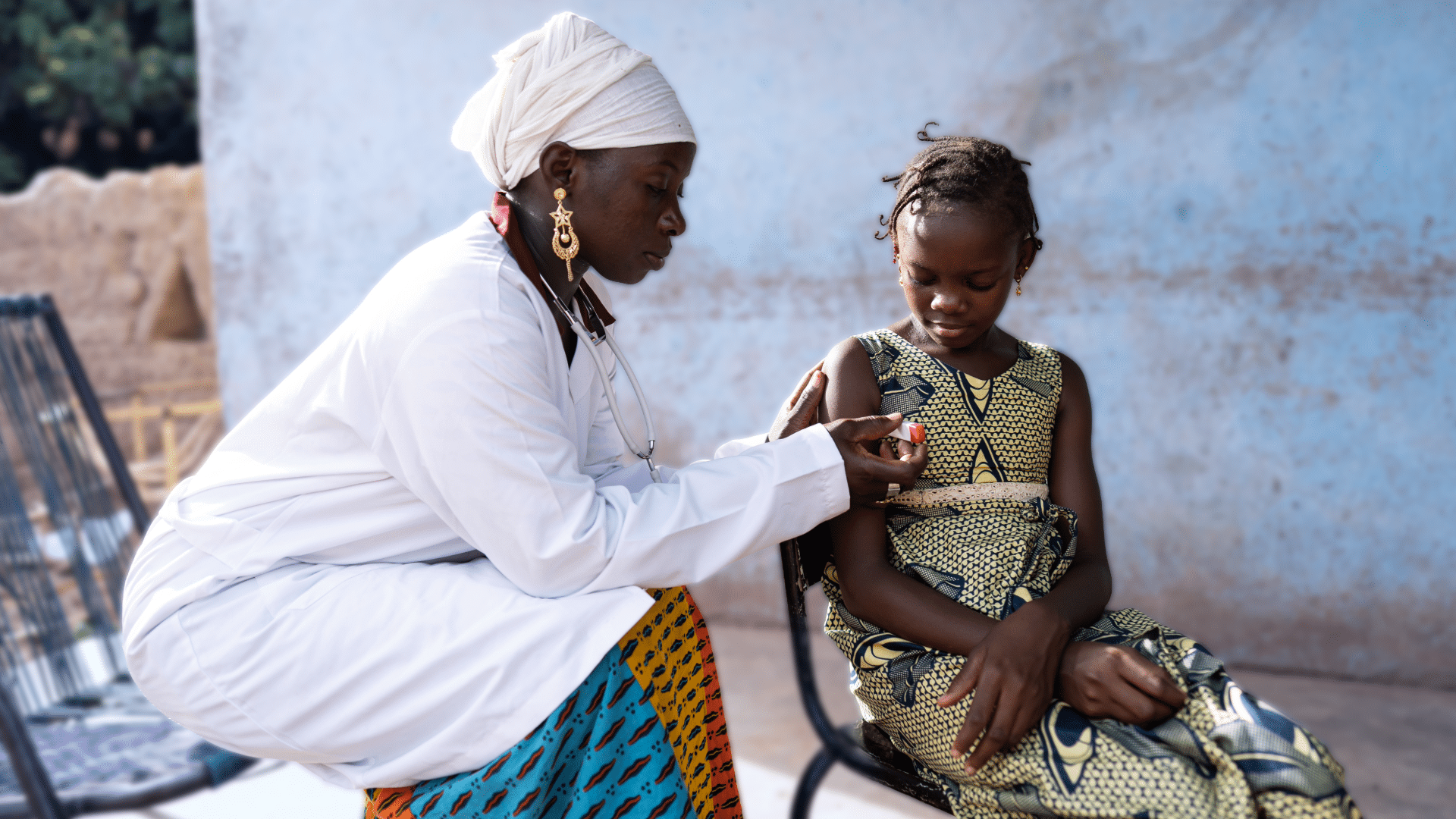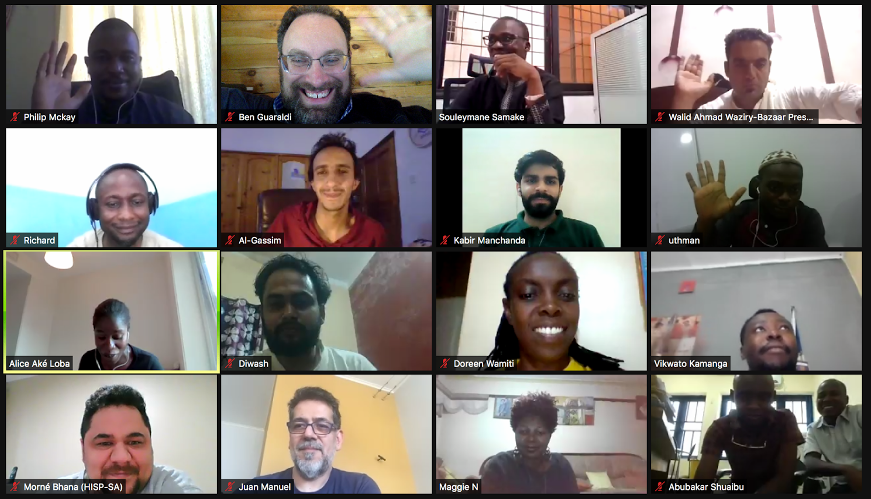
DHIS2 News: The DHIS2 Annual Conference showcases local innovation, sustainable development and data-driven decision making
Representatives from Norad, WHO and national Ministries of Health joined more than 1500 participants for the 2021 DHIS2 Digital Annual Conference
From 21-25 June, 2021, the Health Information Systems Programme (HISP) at the University of Oslo hosted the 8th annual DHIS2 Annual Conference. This year’s conference was held digitally due to the COVID-19 pandemic, and drew a record-breaking number of participants: more than 1500 people from 125 different countries. The conference included presentations on the latest developments in DHIS2 software, innovations from the global DHIS2 community, best practices and lessons learned from countries where DHIS2 is used to manage health and education programs, insights from WHO and other global partners, research on health information systems, and much more.
Bård Vegar Solhjell, Director General of the Norwegian Agency for Development Cooperation (Norad) opened the conference. In his remarks, he reaffirmed Norad’s long-standing support for DHIS2, and emphasized the importance of digital public goods as the key to accomplishing the Sustainable Development Goals by helping to bring digital transformation to all countries.
“There is no doubt that DHIS2 is one of the world’s leading examples of a digital public good, and we are proud to have supported HISP and DHIS2 since the early 1990s.”
Bård Vegar Solhjell — Director General, Norad
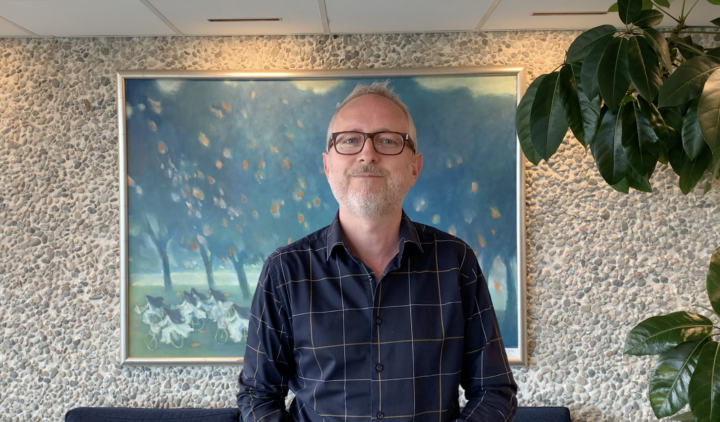
Mr. Solhjell also addressed the theme of the conference, Designing for Data Use, and its relevance during the COVID-19 pandemic. “Never have so many decisions been made on health data, affecting all our lives,” he remarked, noting that COVID-19 has led to a situation where all countries share the demand for high quality data in order to make better decisions.” He highlighted how local innovation spurred the rapid development and global deployment of the DHIS2 metadata packages for COVID-19 surveillance and vaccination, an example of how design can facilitate data use in a participatory way, connected to local practices on the ground.
COVID-19 was the central theme of Day 2 of the conference, which featured presentations from some of the more than 40 countries in Asia, Africa and the Americas that are using DHIS2 for COVID-19 surveillance and vaccine delivery. This includes Sri Lanka, the first country to deploy DHIS2 in response to the pandemic, whose innovative local solutions served as a model for the standardized metadata packages and tools that HISP UiO published and shared with the global community. Other featured countries included Sierra Leone, which has integrated COVID-19 programs into their national DHIS2 Health Management Information System (HMIS); Bangladesh, which has used DHIS2 to register more than 6 million COVID-19 tests; Haiti, which uses DHIS2 tracker as a mobile solution for diagnosis and lab testing, contact tracing, and port of entry screening; and Mozambique, where DHIS2 is used to support COVID-19 vaccination alongside all childhood immunizations, as well as to link Adverse Events Following Immunization (AEFI) reporting to the global repository for adverse events, Vigibase.
Dr. Samira Asma, WHO Assistant Director-General for Data, Analytics and Delivery for Impact, opened the plenary session on COVID-19 on Day 2 of the conference. HISP UiO is a WHO Collaborating Centre for Innovation and Implementation Research on health system strengthening. One key outcome of this collaboration has been the development of the WHO DHIS2 Health Data Toolkit, which includes standardized metadata packages for key health programs, such as HIV, Malaria, Tuberculosis, Immunization and COVID-19. Speaking about the global DHIS2 community’s response to COVID-19, Dr. Asma remarked that: “It’s impressive to see how quickly DHIS2 as a platform can stand up to an emergency situation, and now you’re doing that for vaccination.” She also stressed the importance of other health areas where DHIS2 could be used, such as tracking mortality risks related to Noncommunicable Diseases (NCDs).
A primary area of focus for WHO is supporting countries in strengthening their data and health information capacity, including integration of data from various health programs to improve monitoring and delivery of essential health services. The collaboration between WHO and HISP UiO directly contributes to this goal, by making it easier for countries to adopt and use information systems that are designed around WHO standards and that support interoperability and integration of data between health programs and software platforms.
“WHO is truly fortunate to be partnering with UiO in a very important piece of work you are doing, (which) is to improve the routine health information systems, not with the intention of just collecting data or reporting the data from district to national levels, but in fact focusing on how the data is used to improve performance of care and performance of services… that is going to be extremely important if we are truly serious in our mission to achieve health for all.”
Dr. Samira Asma — Assistant Director-General for Data, Analytics and Delivery for Impact, WHO
This use of data to drive impact was a central theme of the 2021 DHIS2 Annual Conference. Dr. Somnath Chatterji of WHO also addressed this theme in his remarks during the plenary session on Designing for Data Use, where he spoke about the WHO-HISP UiO collaboration in the context of WHO’s SCORE technical package for health service data, and WHO’s larger plan to create a global data hub to service the worldwide health data ecosystem. As Dr. Chatterji noted: “Data is not for the sake of data. Ultimately we want the data no matter how it is generated to actually be used to deliver the impact we want on population health.” DHIS2 implementation, propagation of normative standards, and capacity building activities support the WHO data hub by helping to ensure that the data collected are “timely, reliable and actionable, so that it can inform the actions we take to deliver the impact to the people around the world.”

“How can routine health information systems supported through platforms like DHIS2 working in countries actually fill some of these critical data gaps that we have, because of course, as the saying goes, what we don’t measure we don’t manage, what we don’t manage we don’t change.”
Dr. Somnath Chatterji — Director ad interim, Department of Data and Analytics, WHO
Above all, the DHIS2 Annual Conference is a community-driven event. Many of the topics presented in 2021 were selected from an open call for abstracts, giving national Ministries of Health and other country-level partners the opportunity to share their learnings, experiences and innovation directly with a global audience. Several presentations showcased the flexibility of DHIS2 as a platform, and how it can be used to manage information in new health domains, such as a pilot project to use DHIS2 as a breast cancer registry in Peru, and how it can be linked to LMIS software to support end-to-end supply chain and logistics monitoring. Several countries, including The Gambia, Uganda and Sri Lanka, presented on how they have successfully deployed DHIS2 as an electronic Education Management Information System (EMIS), helping to manage education service delivery and performance monitoring down to the local level, and supporting the Sustainable Development Goal of quality education for all.
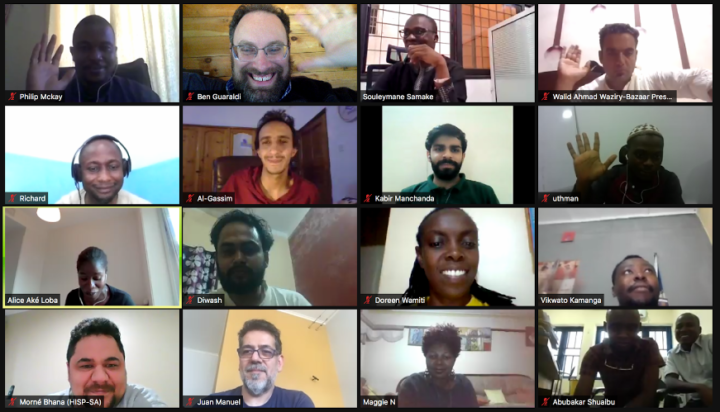
For Bård Vegar Solhjell and Norad, this flexibility of the DHIS2 platform combined with existing local capacity to deploy and maintain DHIS2 systems is a key part of the story of DHIS2’s success, and an increasingly important component of Norad’s work in supporting sustainable digital transformation in low- and middle-income countries. The success of DHIS2 for Education in several countries — as well as existing implementations in domains like agriculture, sanitation and more — points toward opportunities for additional synergies in information management at the local to national level.
“Imagine in the future if countries can use a single system for management of all public services at district level. The economies of scale are obvious… This would allow genuine sustainable development of country capacity… Digital Public Goods play a key role in achieving the sustainable development goals. Together, you’ve managed to achieve scale, domestic ownership and local capacity, as well as developing and implementing a powerful toolkit adapted for a wide variety of local uses. There is much to learn from the HISP and DHIS2 experience for other digital public good initiatives, and for countries looking to further their digital transformation.”
Bård Vegar Solhjell — Director General, Norad
For more information and resources from the DHIS2 2021 Digital Annual Conference, explore the event website and watch recordings of conference sessions on the DHIS2 YouTube channel.
